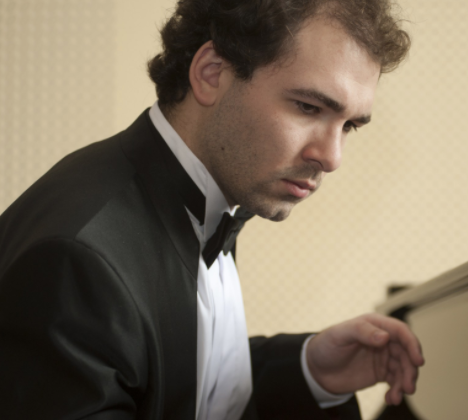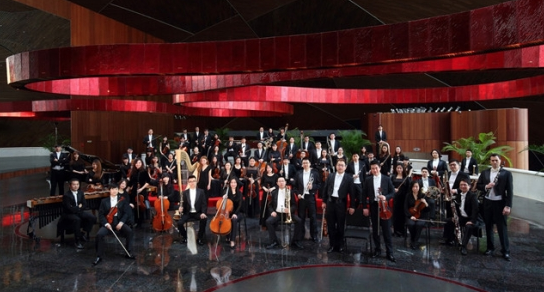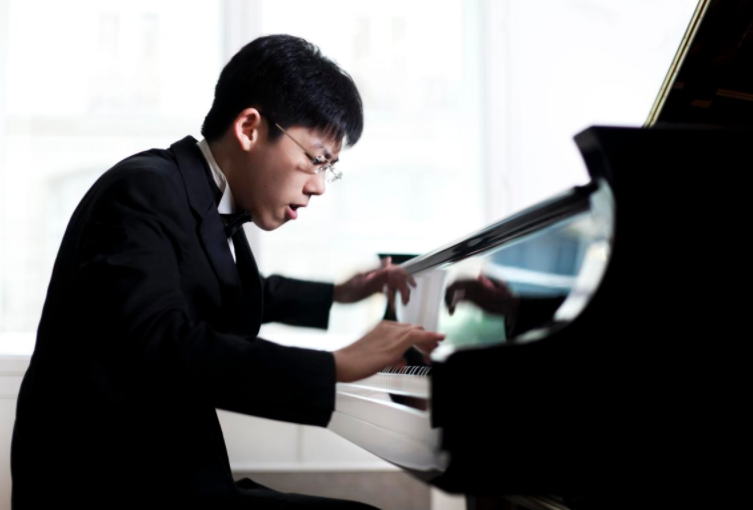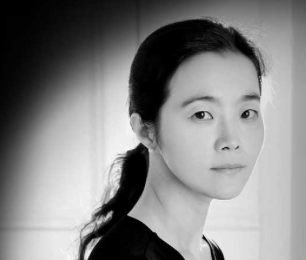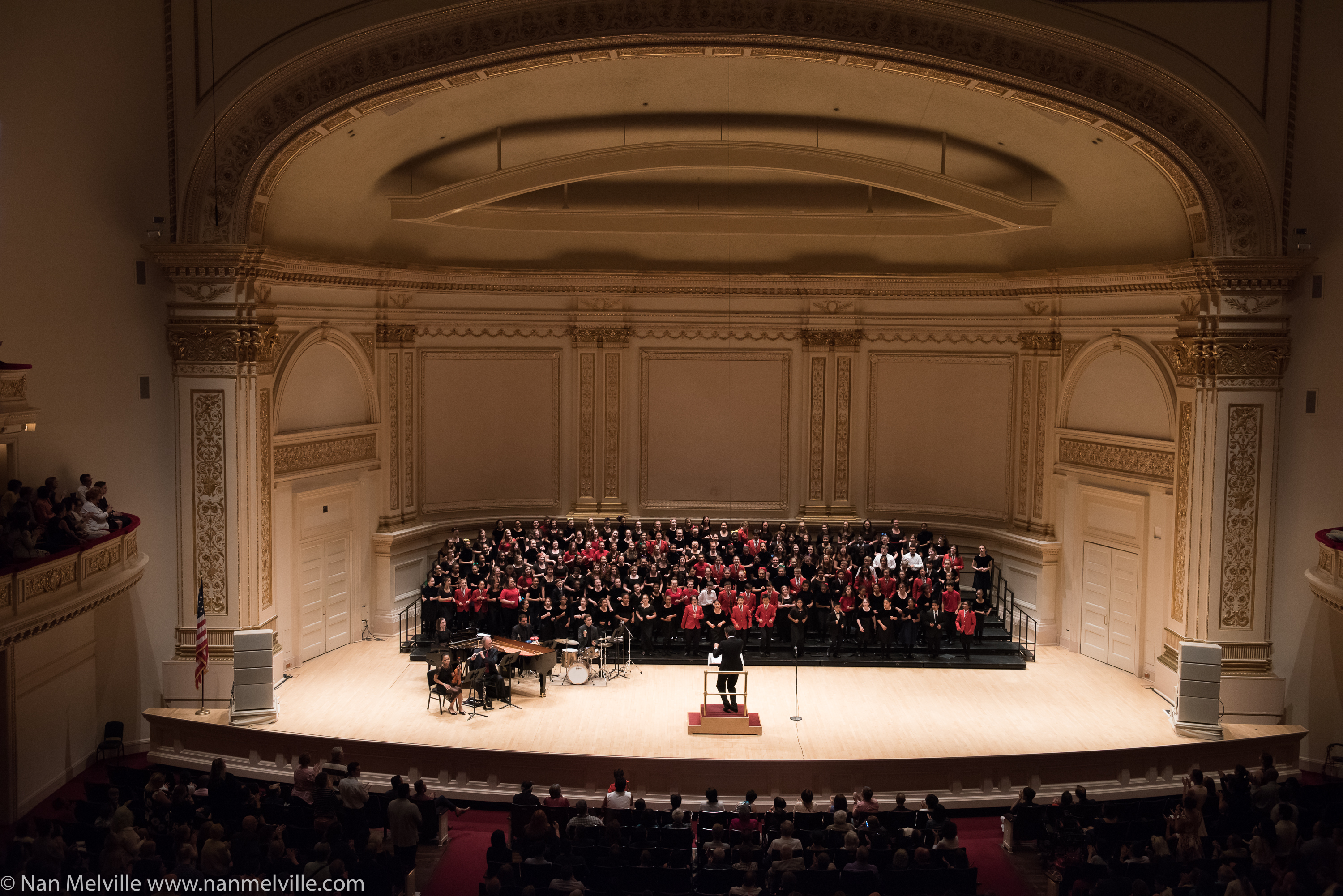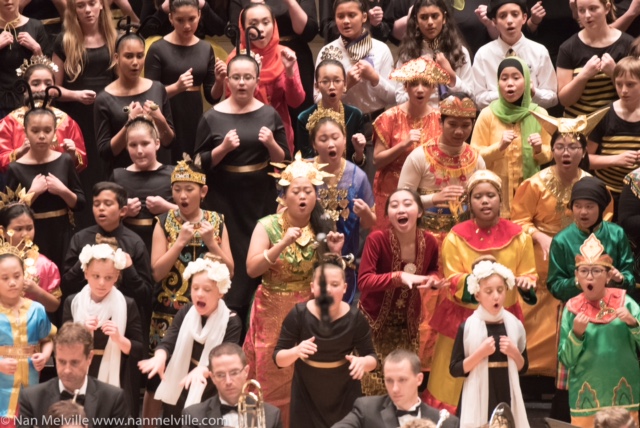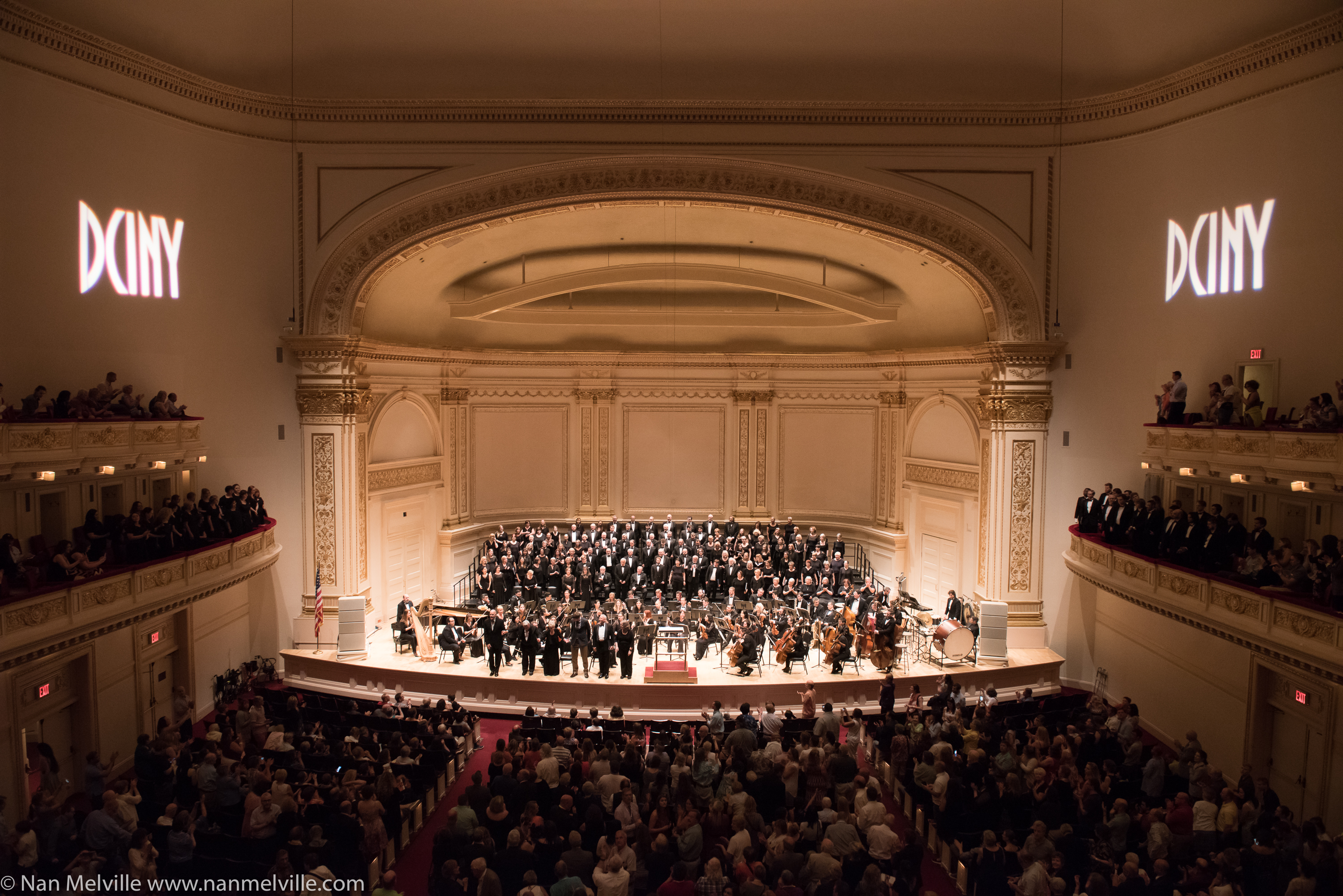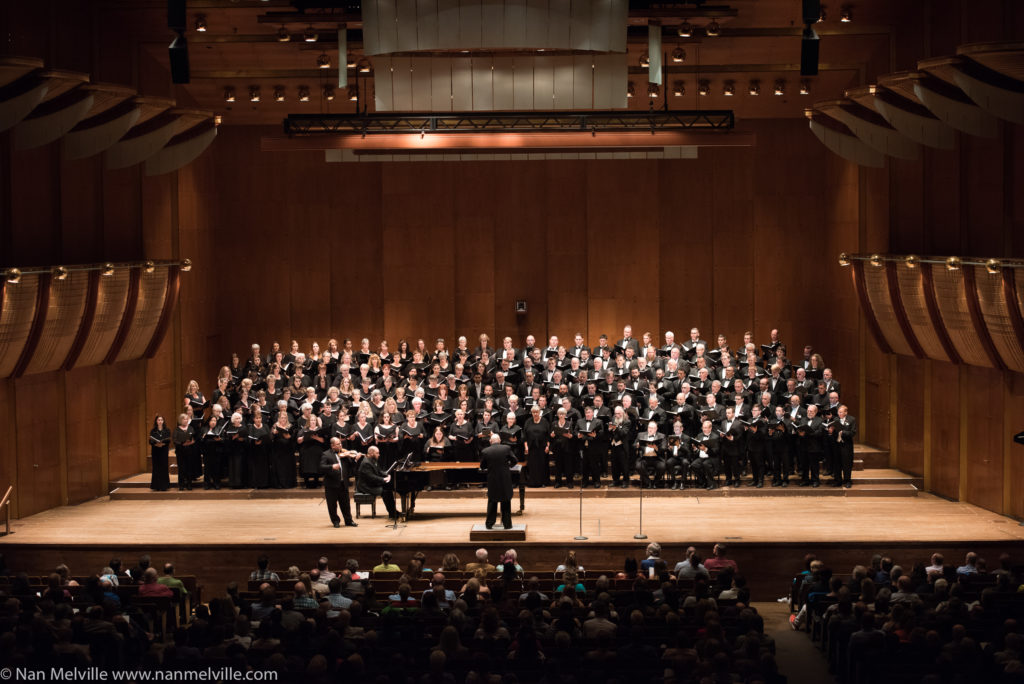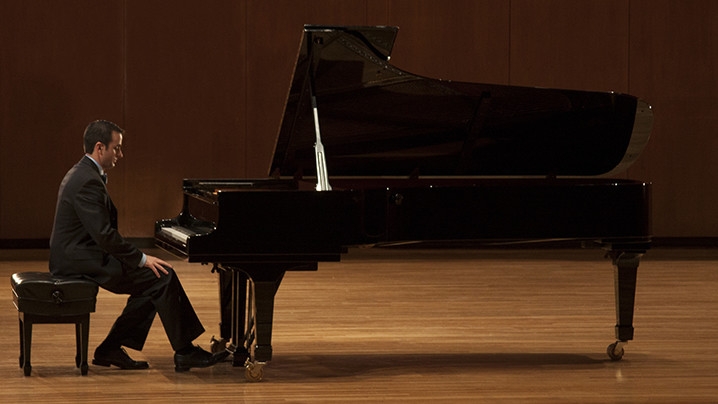Mateusz Borowiak, piano
Merkin Concert Hall at Kaufman Center, New York, NY
Sunday, November 5, 2017 8PM
A stunning display of profound musicality and musical profundity took place in the first of Mateusz Borowiak’s epic three-recital series at Merkin Concert Hall, the venue of his US debut. When I first saw advance notice of the series, presenting the complete piano sonatas of American composer Louis Pelosi, two per recital, coupled with three of the major etude cycles—all twenty-four Chopin, all twelve Debussy, and Rachmaninoff’s Etudes-Tableaux, Op. 39, I thought “This guy is either a foolhardy daredevil, or one of the great pianists.” After this first recital, I’m inclining to the latter.
Mr. Borowiak calls the presentation of the Pelosi works a “world premiere.” Perhaps it is for all six together, but I recall hearing Donald Isler perform the Sonata No. 1 a few years ago. No matter, it is certainly a noteworthy occasion in anyone’s musical calendar. Pelosi, who makes his living as a piano technician, calls himself a “tonal contrapuntist.” He believes in one “central tone” that dominates the proceedings.
I was going to compare Pelosi to Chopin, if Chopin had died 150 years later, with a dose of Anatoly Alexandrov, but that would be unfair to Pelosi. He is an original. His music is very brooding and gestural, favoring imitative counterpoint, with difficult, intricate piano textures that utilize the whole keyboard. He accomplishes all this without sounding neo-Baroque. Pelosi certainly has an ideal advocate in Mr. Borowiak, a pianist of serious demeanor and great concentration, who wore white tie and tails—one doesn’t often see that these days. The two have collaborated before, on a recording of preludes and fugues by Pelosi.
This recital opened with Pelosi’s Sonata No. 4, and closed with his Sonata No. 6, framing the complete Chopin etude sets of Op. 10 and Op.25. Both sonatas were rendered from score with clarity and expressiveness, even in the thickest murky textures. Pelosi seems to speak of tragic things, immense things, and his use of what I call “seeking and finding” in evaluating various contrapuntal outcomes leads him to his own seeking and finding of interior emotional states, which he generously shares with the listener. The music requires intense concentration, which is the least we can do when someone creates such material. Just when you think it’s perhaps a bit too discursive, it breaks into a sort of consoling song-like episode, then it turns to a jittery fugue. The works hold together because of superb thematic unity, and very often they are cyclic—themes from earlier in the piece return later in the work.
The Chopin Etudes were revelatory. Tempi in the fast ones were very fast, yet one never felt that Mr. Borowiak was at the outer limit of what he was capable technically. His lyrical playing was melting and passionate. He even managed to find flexibility, elasticity, and a certain flirtatiousness amid the welter of notes. Was it my imagination, or did the E-flat minor, Op. 10, No. 6, sound “Pelosi-like” in his hands? Really, all of Op. 10 was great, with perhaps two miscalculations: No. 10 needed more variety in the articulation, however it was completely convincing; and No. 12, the celebrated “Revolutionary,” was exciting but harsh (but certainly passionate!). I wrote “wow” next to No. 8, this was one instance of the flirtatious quality. Remember, Cortot said: “The Chopin Etudes are as inaccessible to the virtuoso without poetry as they are to the poet without virtuosity.” I imagine Cortot would have been pleased, for Mr. Borowiak possesses both.
The Op. 25 set was even more successful overall, if that is possible, a matter of degree. The pieces were stitched together into a sort of compelling narrative by Mr. Borowiak, from the delicacy of No. 1, “Aeolian harp,” to the feather light No. 2, with excellent attention paid to the left hand, the “not obviously difficult” one. His playful leggiero in No. 3 was breathtaking, and his incredible double thirds in No. 6. Again, only in the octave etude, No. 10, did I feel that he miscalculated the sound in the room, but it is a violent piece, and the middle section was gorgeous. I could go on, but this will have to suffice.
I can’t wait for the next installment!

